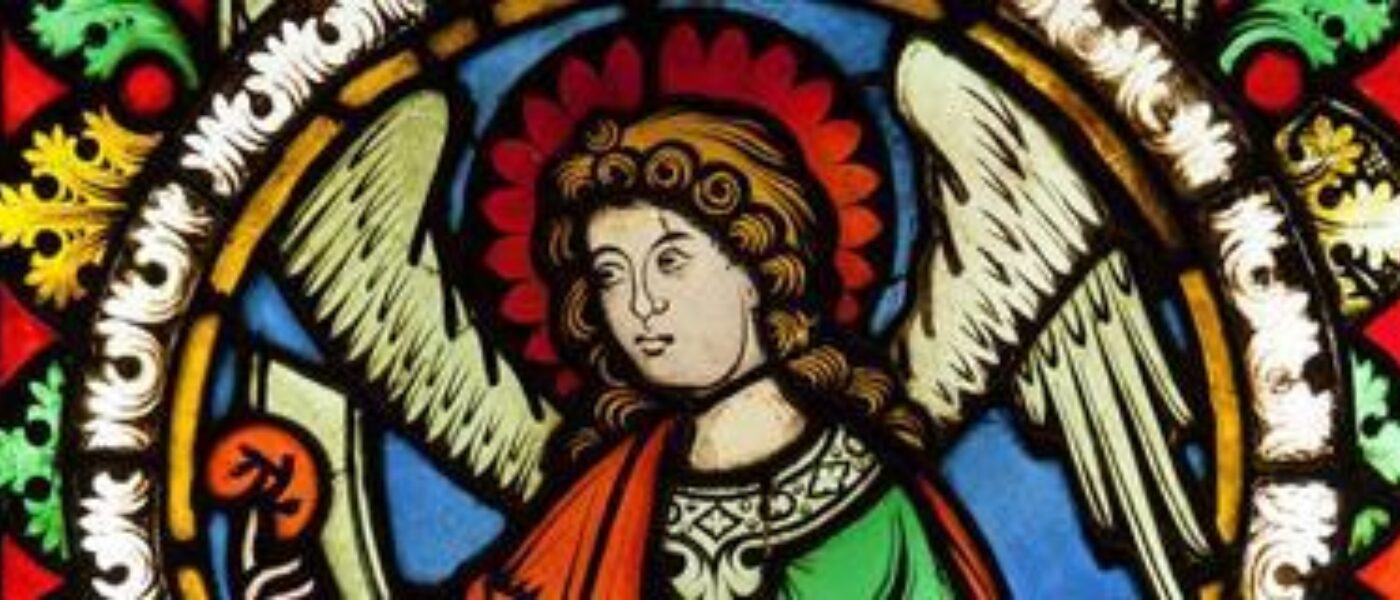Study on fifteenth and sixteenth century glass windows published in Nature’s Scientific Reports

The article ‘The interaction between daylight and fifteenth and sixteenth century glass windows from the Low Countries’ has been published in Nature’s high-impact publication ‘Scientific Reports’. The paper links the impact of glass purity and production technique to light transmission. The research, funded by Belspo in the framework of the FENESTRA project, is an interdisciplinary collaboration between B-PHOT Brussels Photonics (Wendy Meulebroeck, Hugo Thienpont, Mathilde Patin) and the Department of Art Sciences and Archaeology (Karin Nys) at Vrije Universiteit Brussel.
Introduction
The positive impact of daylight on various forms of life is well understood. The daylight conditions a person experiences inside a building strongly depend on the character of the glazing. Contemporary windows maximize the transmission of visible daylight. In post-medieval times glassmakers were confronted with less pure materials. Driven by the Reformation and Counter-Reformation they were at the same time challenged by the demand for increased daylight. Luckily, technological evolutions allowed the production of thinner windows. It is currently an open question if glassmakers in the (Southern) Low Countries during the booming economic period from the fifteenth to seventeenth century made use of the interplay between material and fabrication properties to bring light into the darkness. Therefore, this paper links the impact of glass purity and production technique to light transmission for a well-diagnosed group of excavated glass window pieces from the castle of Middelburg-in-Flanders and a set of roundels, all dating back to between the fifteenth and seventeenth centuries and explores what factors have influenced this technological improvement. A non-destructive approach making use of UV–vis–NIR absorption spectroscopy unveiled that the more recent material is less pure compared to the older dated material but that light transmission was maximized due to the applied production technique.
FENESTRA – 800 YEARS OF FENESTRATION HISTORY. FLAT GLASS AND WINDOWS IN FEDERAL SCIENTIFIC INSTITUTES
The FENESTRA project focuses on the flat-glass collection conserved at the Royal Museums of Art and History, one of the most comprehensive collections of flat glass in the Low Countries.
Fenestra is funded by Belspo.




